After a great dinner at our favorite noodle shop on Mill Road in Cambridge, we needed to take a little walk. We happened upon a lovely path, completely shaded by trees. We decided to walk the path, despite not knowing where it led. Turns out it led to the Mill Road Cemetery.
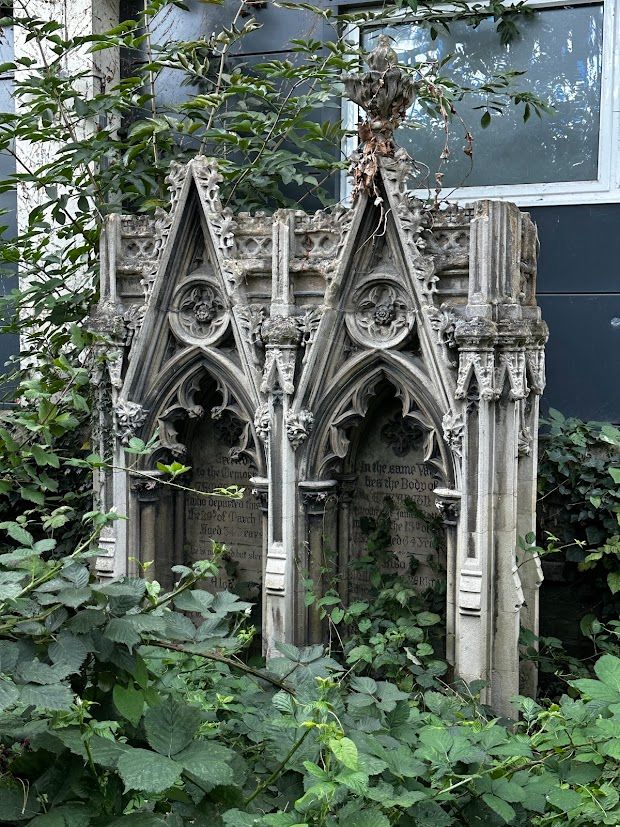
Mill Road Cemetery, nestled in the Petersfield area of Cambridge, UK, is a serene 3.5-hectare green space that serves as both a historical burial ground and a vital urban wildlife haven.
Located off Mill Road, with entrances from Norfolk Street and Gwydir Street, it lies at coordinates 52°12′02″N 0°08′12″E, bordered by residential and industrial areas.
Established in 1848 amid the rapid expansion of Victorian Cambridge, the cemetery was created to alleviate overcrowding in city churchyards.
Today, it is a Grade II listed site on the National Heritage List for England, recognized for its architectural, historical, and ecological value.
No longer active for new burials since 1949 (except for limited family plots), it is maintained by Cambridge City Council on behalf of the Church of England parishes and supported by the Friends of Mill Road Cemetery, a volunteer group formed in 1999 to promote its preservation and public appreciation.

The cemetery's origins trace back to the early 19th century, when Cambridge's population boom strained existing burial facilities.
By the 1820s, churchyards were overcrowded, prompting the need for new grounds.
In 1843, Nonconformists opened Histon Road Cemetery, inspiring the parochial clergy to establish Mill Road Cemetery for Anglican parishes.
The site, previously the University cricket ground in Barnwell, was purchased in 1847 from the estate of Rev Dr Geldart for £2,000, funded by voluntary contributions.
Consecrated on November 7, 1848, by the Bishop of Ely, it initially served 13 parishes (now 10 due to amalgamations), each allocated specific plots marked by small stones.
The Parish Burial Ground Committee (PBGC) oversaw its development, with over 700 burials recorded by 1850.Construction occurred between 1844 and 1848, following a plan by Andrew Murray, curator of the Cambridge Botanic Garden.
A Gothic-style chapel, designed by renowned architect George Gilbert Scott (possibly with input from Professor William Whewell), was added between 1856 and 1858 but demolished in 1954 due to disrepair.
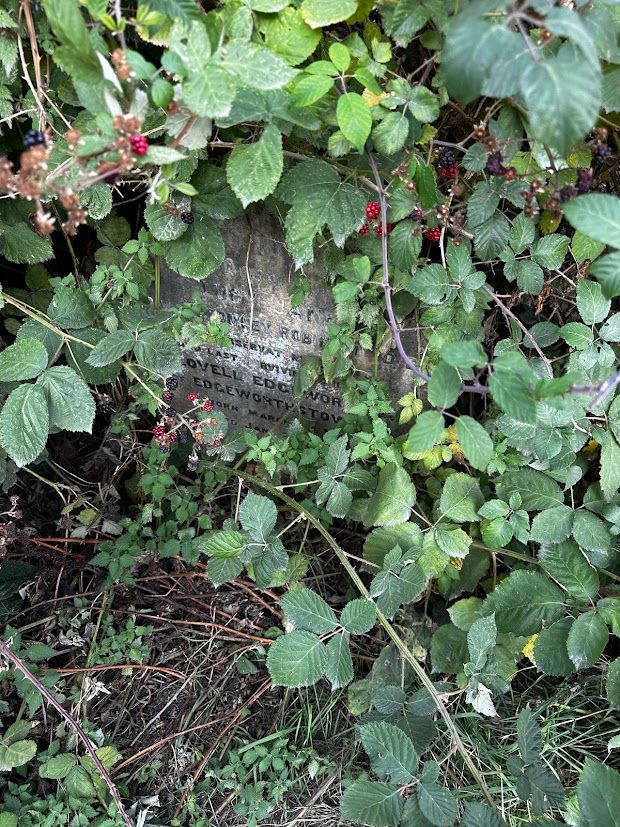
Its outline was recreated in stone in 2017, funded by the National Lottery Heritage Fund, serving as a poignant memorial.
The lodge at the main Mill Road entrance, built in mid-19th-century knapped flint and stone in Gothic style, originally functioned as a mortuary chapel and committee room; it too is Grade II listed and now privately owned.
Archaeological evidence suggests the area may have been used for burials or other purposes earlier, with rough pasture or fallow land preceding the cemetery.
By 1904, some parish sections closed, and full closure followed in 1949, reflecting shifts in burial practices and urban growth.

The design exemplifies a mid-19th-century garden cemetery, blending formal and informal elements to create a contemplative landscape.
Four main paths divide the site into quadrants, converging on a central circular area where the chapel once stood, now ringed by Irish yews and early memorials.
Serpentine perimeter walks add a naturalistic touch, enclosed by a low brick wall that limits views from surrounding properties.
Mature trees—including weeping beech, ash, sycamore, and pines—provide shade and structure, with younger plantings from the 1970s enhancing biodiversity.
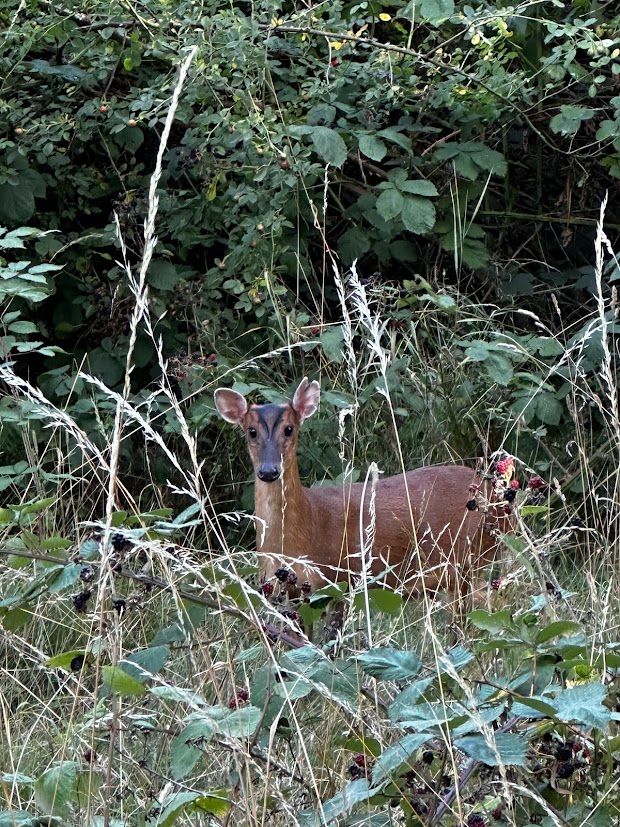
The main entrance drive from Mill Road is lined with pollarded limes and clipped evergreens, leading past the lodge.
Pedestrian gates on the eastern and northern boundaries offer additional access.
Mixed shrub beds, some dating to the 1888 Ordnance Survey map, adorn path corners, while the site's chalky, well-drained soils on an old river terrace support diverse flora.
This layout survives largely intact, contributing to its Grade II listing in 2001 for representing an early garden cemetery with historical integrity, despite the chapel's loss.
Mill Road Cemetery is the final resting place for many notable figures, reflecting Cambridge's intellectual and civic heritage.
Among the academics, Sir George Gabriel Stokes (1819–1903), the mathematician and physicist famous for Stokes' theorem and fluid dynamics research, is buried here with his wife Mary Susanna; their original headstone was replaced in recent years.

Arthur Cayley (1821–1895), a pioneering mathematician known for group theory and matrices, had a headstone in the St Mary the Great parish that vanished in the 1980s.
Other scholars include Edward Hamilton Acton (1862–1895), a Fellow and Lecturer at St John's College; Frederic Poland Adcock (d. 1884), an LLM from St John's; and John Amps, an Emmanuel College alumnus.
In the realm of arts and crafts, James Rattee (d. 1855), a prominent woodcarver and mason whose firm contributed to Ely Cathedral restorations, has a Grade II-listed tomb.
Elizabeth and George Kett (d. 1850s) share another listed monument, while John Moyes' tomb highlights architectural interest.
Military burials include 33 Commonwealth War Graves Commission (CWGC) plots from World War I and 4 from World War II, such as Private Charles William Alderton (d. 1915), killed at Gallipoli.
Family groups abound, like the Pratts and Addisons, illustrating Victorian social ties.
The cemetery's database, compiled by the Cambridge Family History Society, records over 1,700 memorials, with life stories categorized by profession on the official website, aiding genealogical research.
Ecologically, Mill Road Cemetery is a designated City Wildlife Site, thriving on its neutral to calcareous soils.
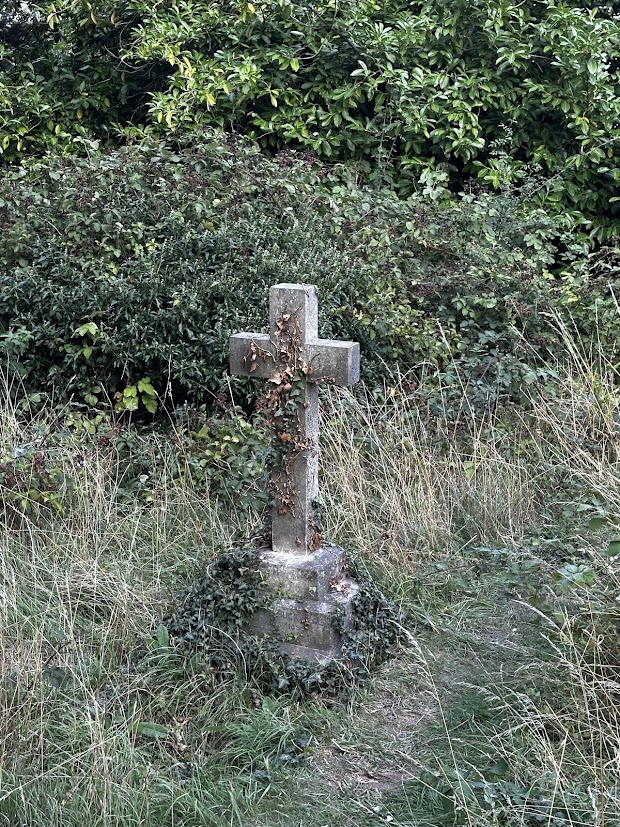
It hosts over 110 plant species, many indicative of undisturbed grassland, including wildflowers that support pollinators.
At least 35 bird species nest or visit, celebrated in the 2014 "Bird Stones" art installation by Gordon Young—seven columns (one wooden, six stone) inscribed with birdsong notations for species like blackbirds and robins.
Twenty-three butterfly species flutter through, alongside insects, while mammals include European dormice, weasels, and occasional badgers or deer in wilder areas.
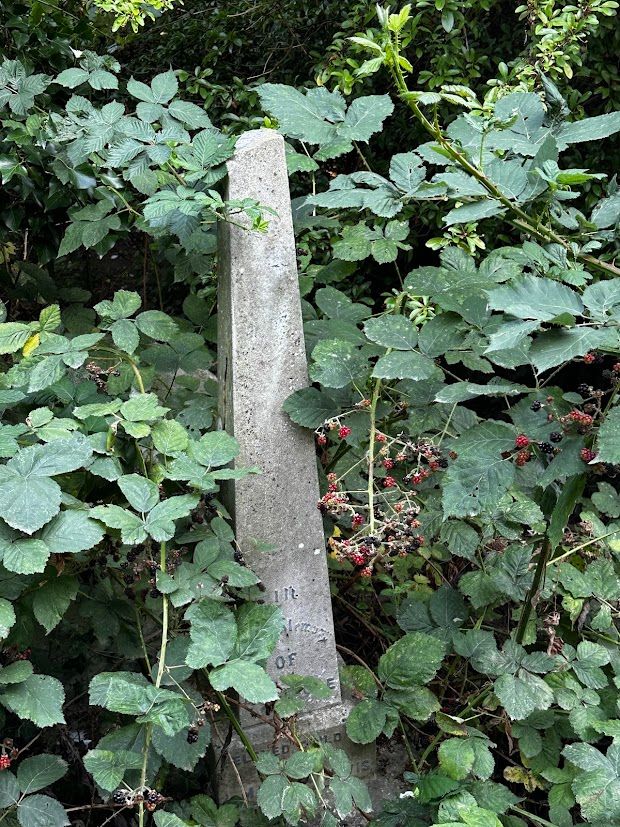
Conservation efforts, led by the City Council and Friends group, involve deliberate "rewilding" in sections to foster habitats, balancing maintenance with nature.
This biodiversity underscores its role as an urban oasis amid Cambridge's bustle.
Today, the cemetery is open daily, unlit and unlocked, welcoming visitors for reflection, walks, or history tours.
The Friends organize events like guided walks and clean-ups, while notice boards and interpretation panels educate on its heritage.
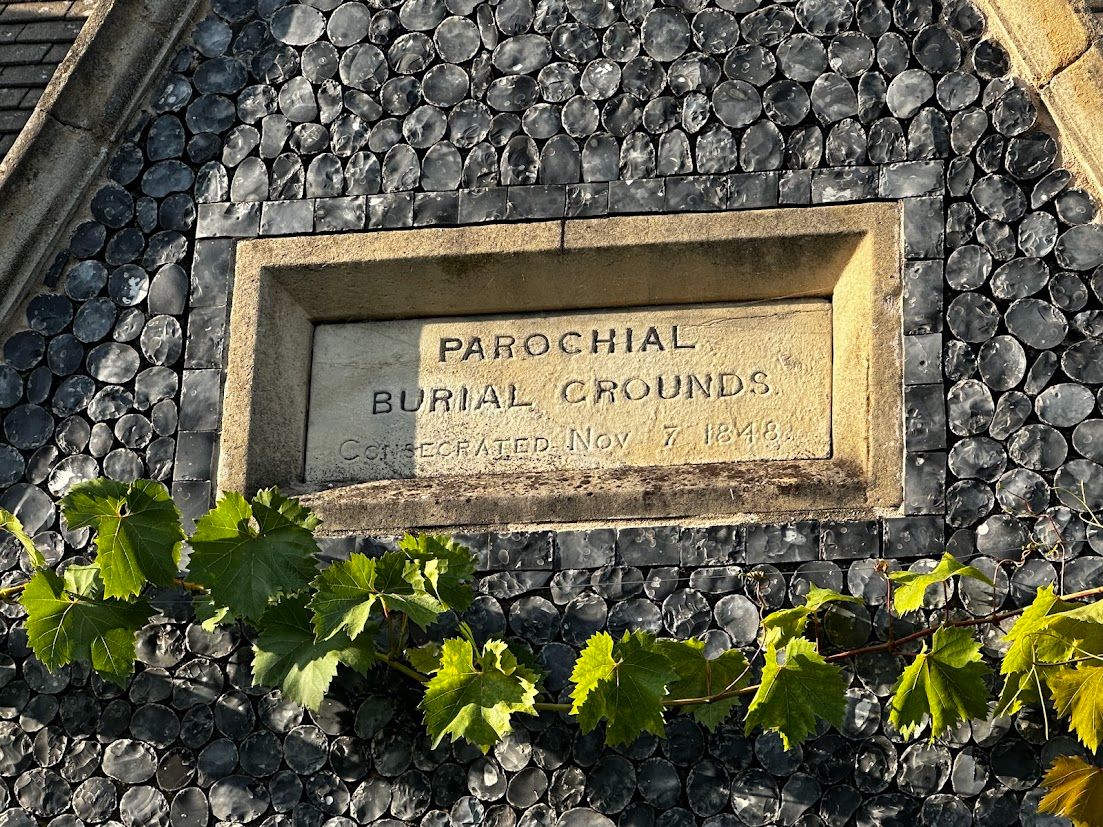
It connects to nearby parish churches and features in local media, such as reports of occasional misuse (e.g., tombs used for shelter in 2013), highlighting preservation challenges.
As a CWGC site and historical landmark, it honors the dead while enriching community life.
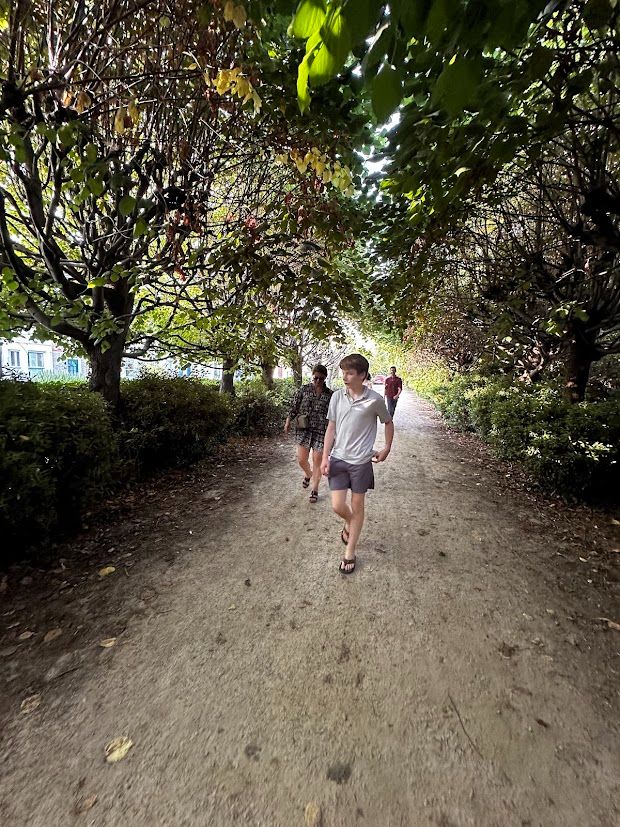
Mill Road Cemetery embodies Cambridge's layered past—from Victorian innovation to modern conservation.
Its tranquil paths, storied graves, and vibrant wildlife offer a respite from urban life, ensuring its legacy endures.
I hope you enjoyed this telling about the Mill Road Cemetery.